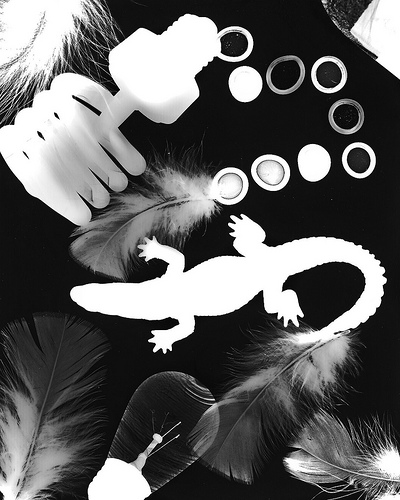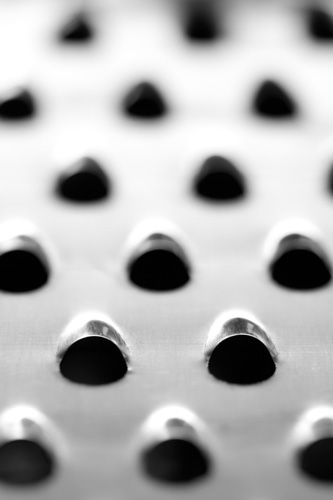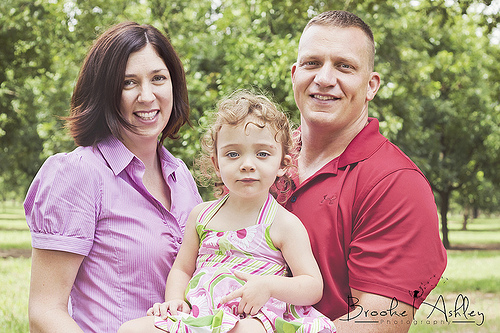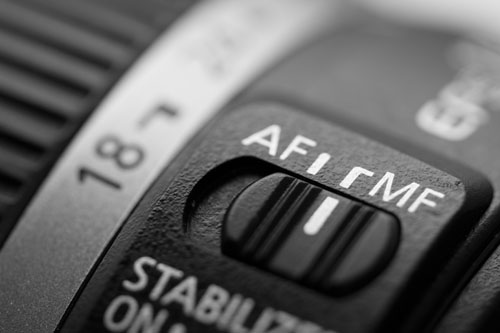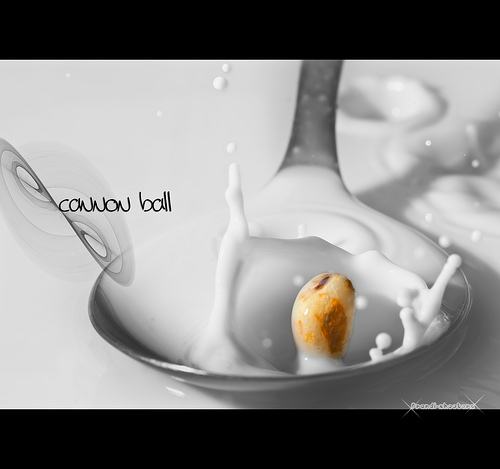Positive and Negative Space in Photography
Filling the frame with your subject is a tip I've shared quite few times before, but in this article I want to look at doing the complete opposite. In some circumstances leaving a large area around your subject can result in a stronger image than cropping the subject closely.
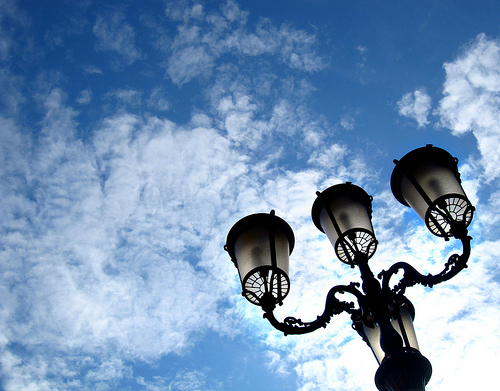
Lampost sky by The Big Quack on flickr (licensed CC-BY)
